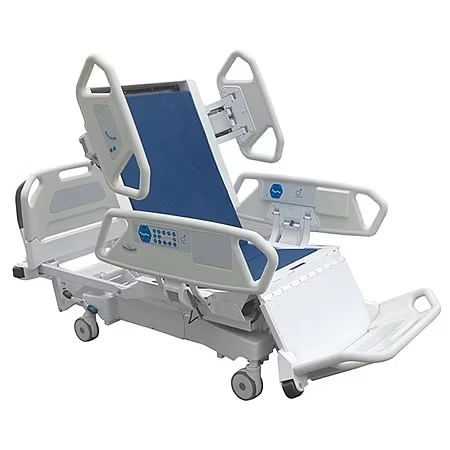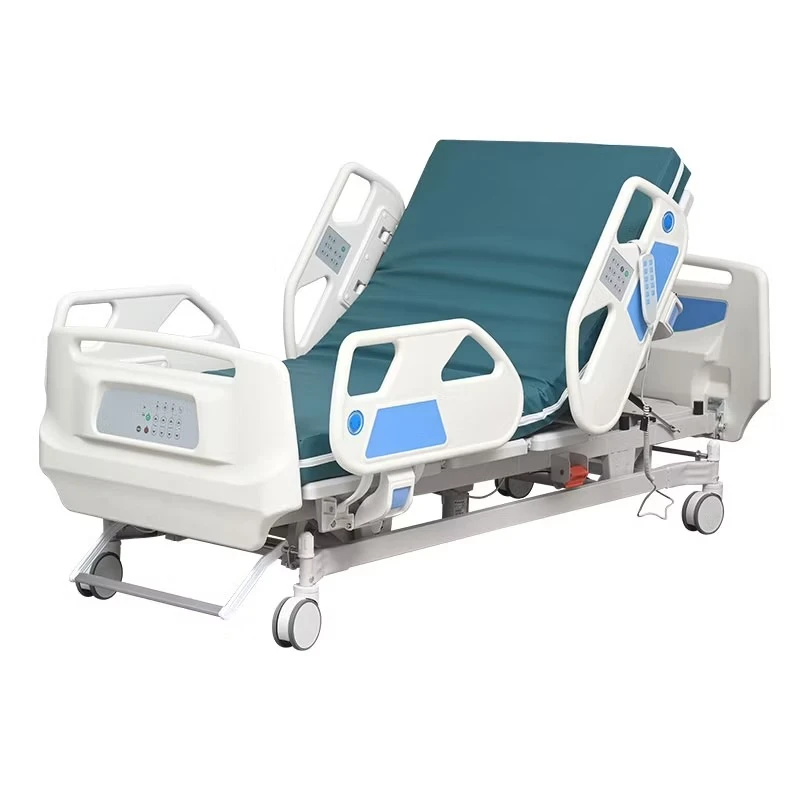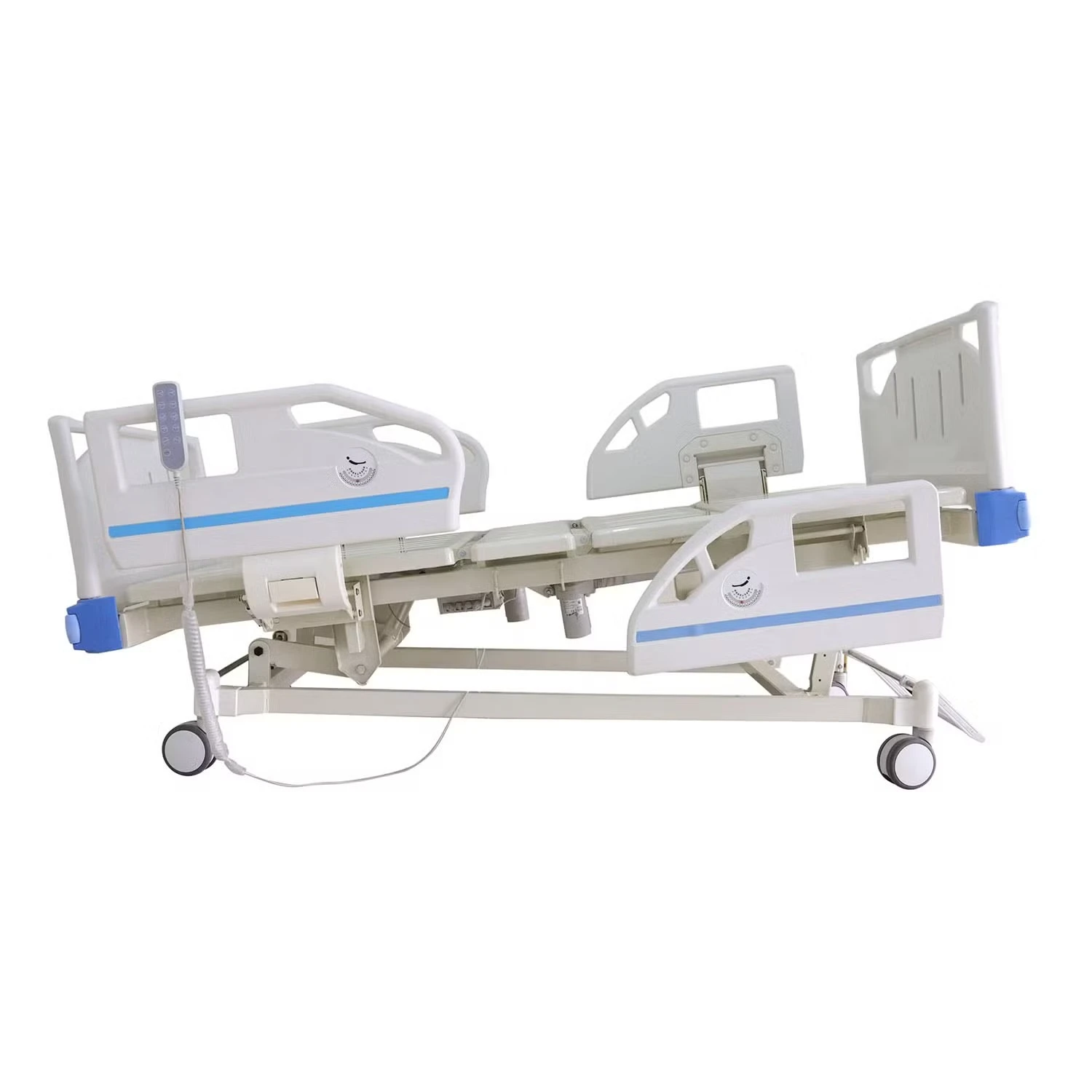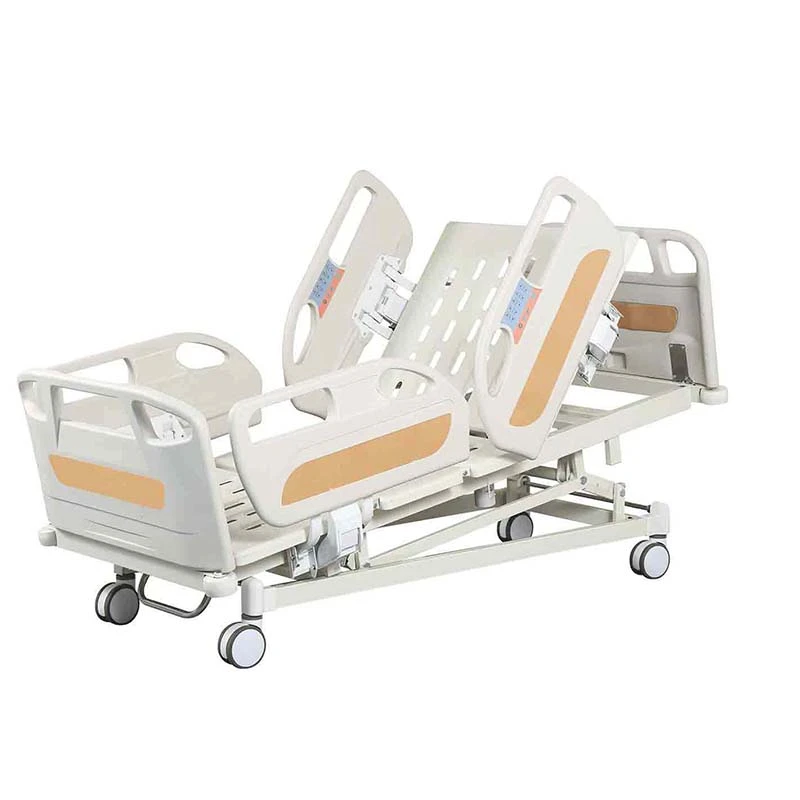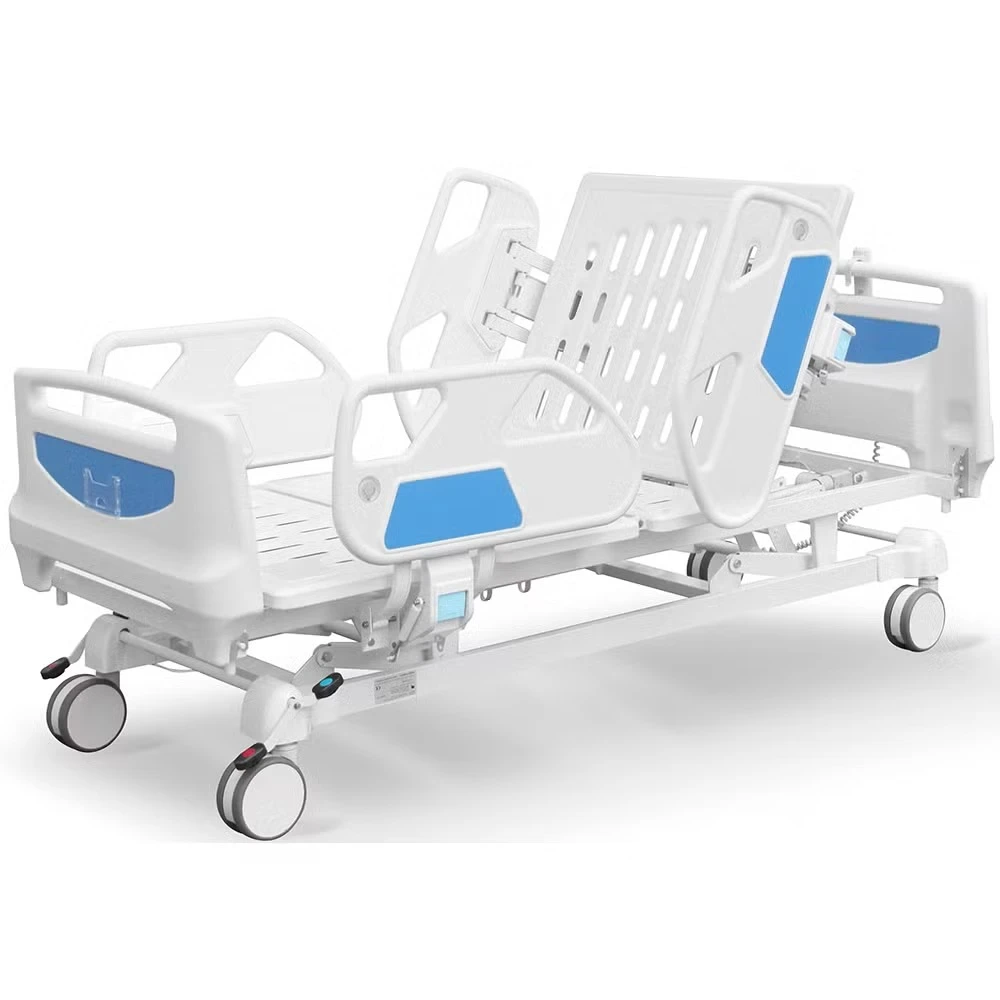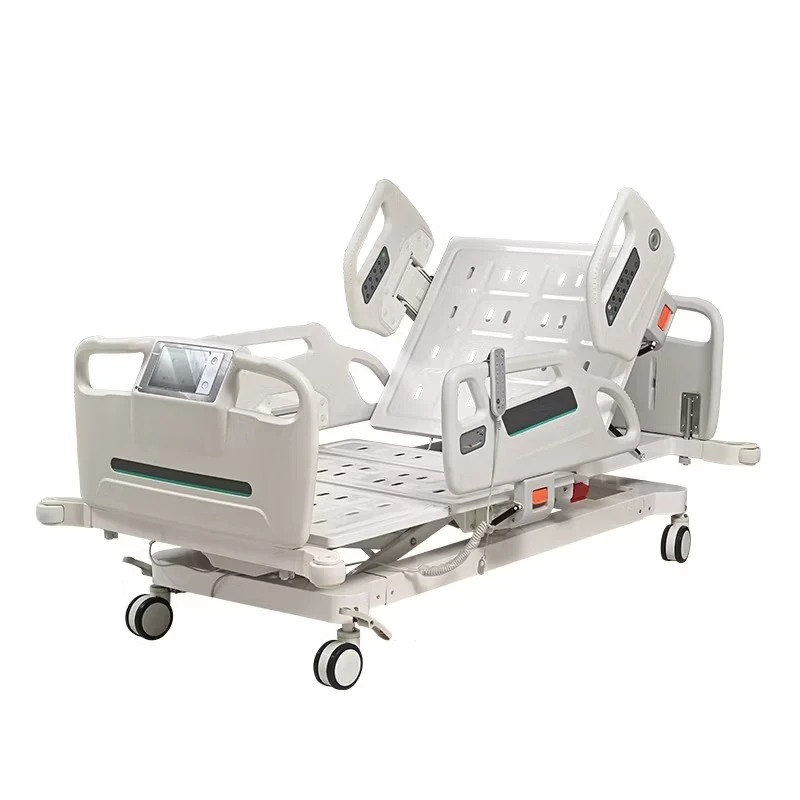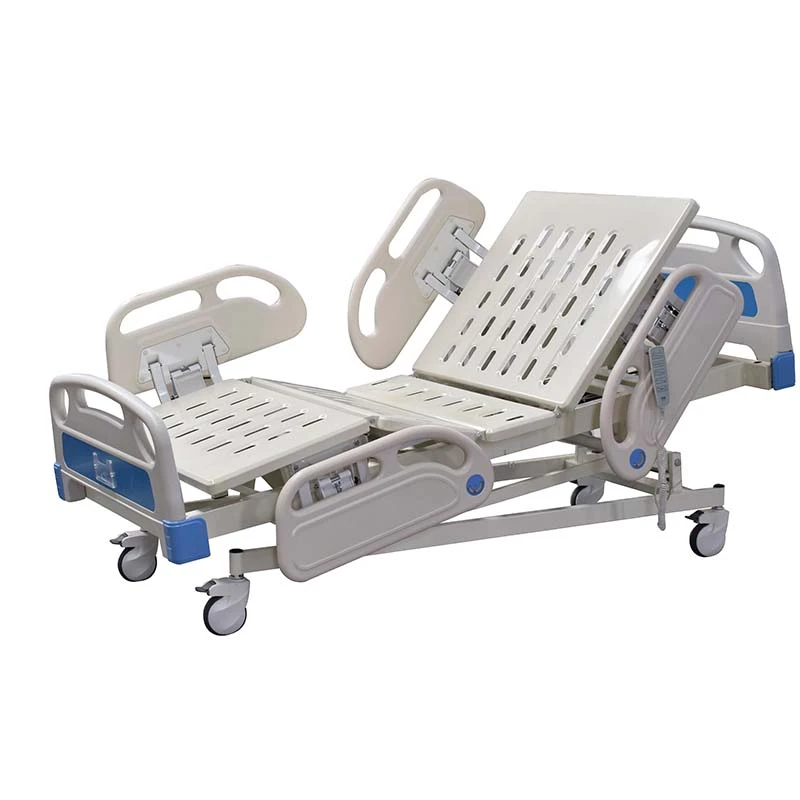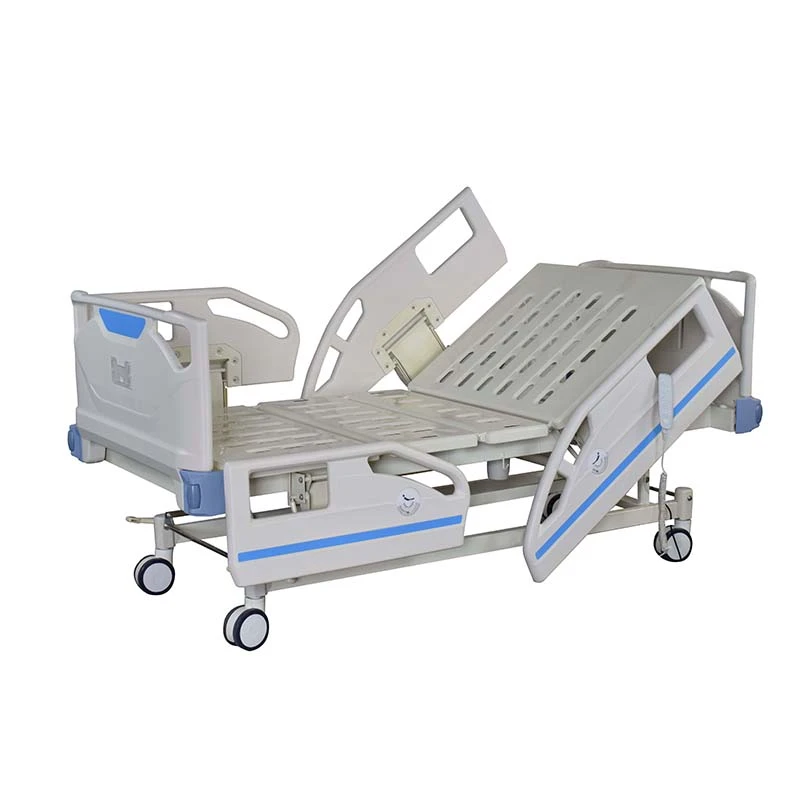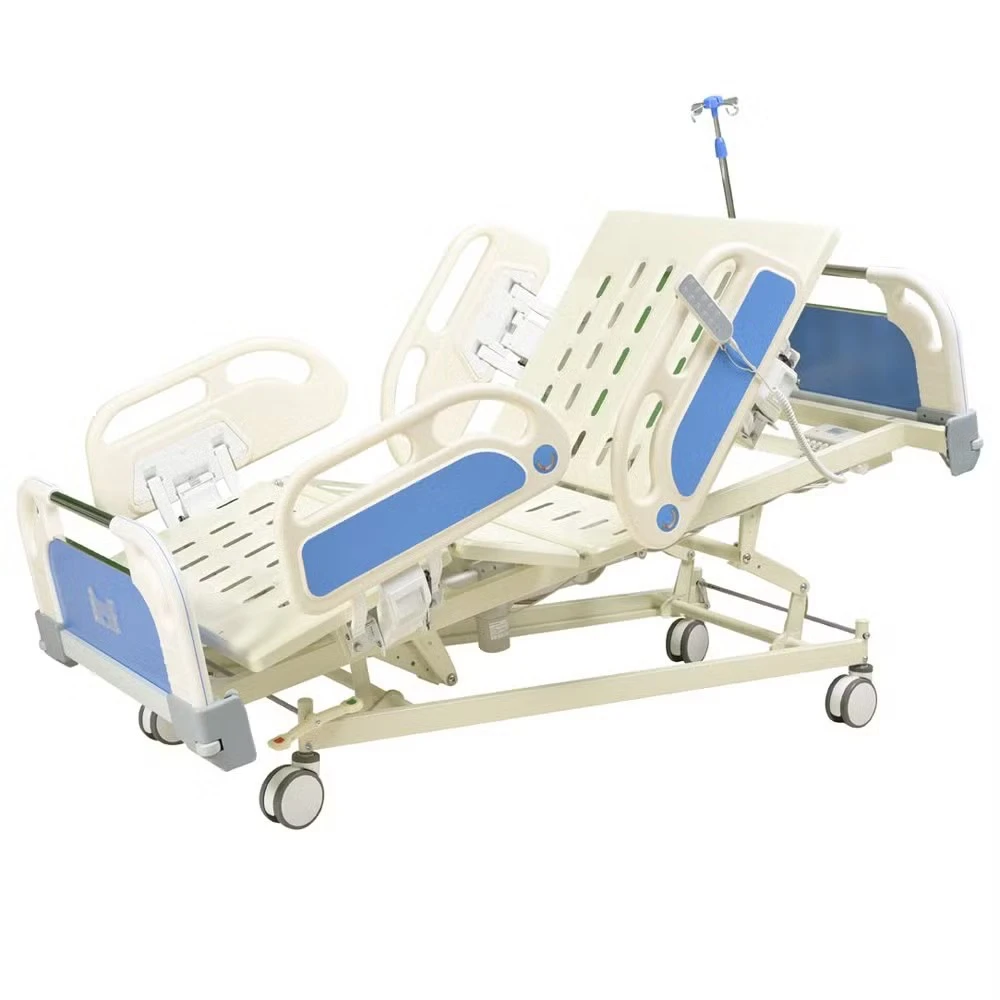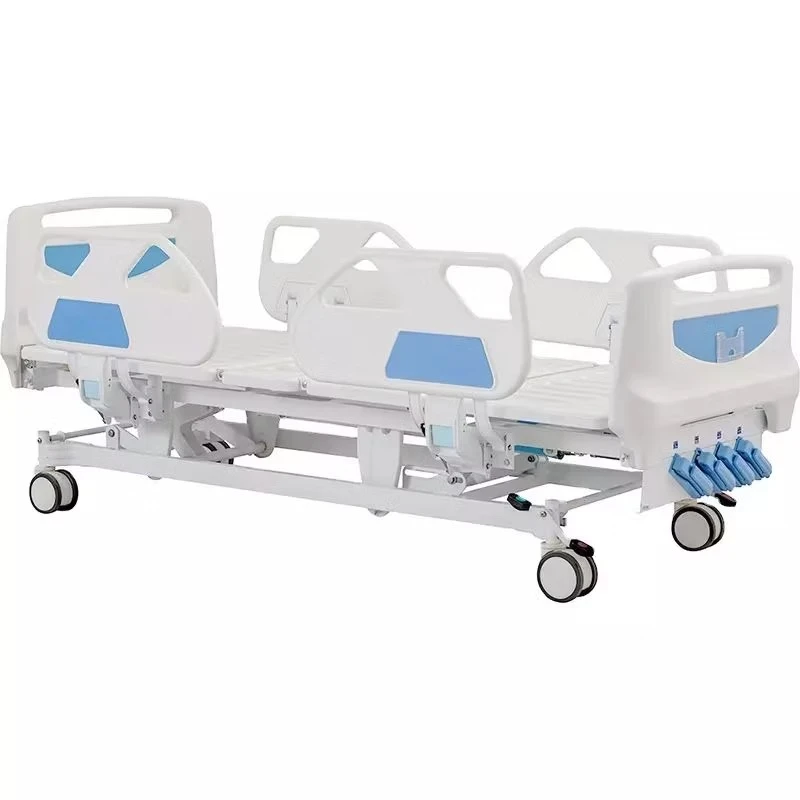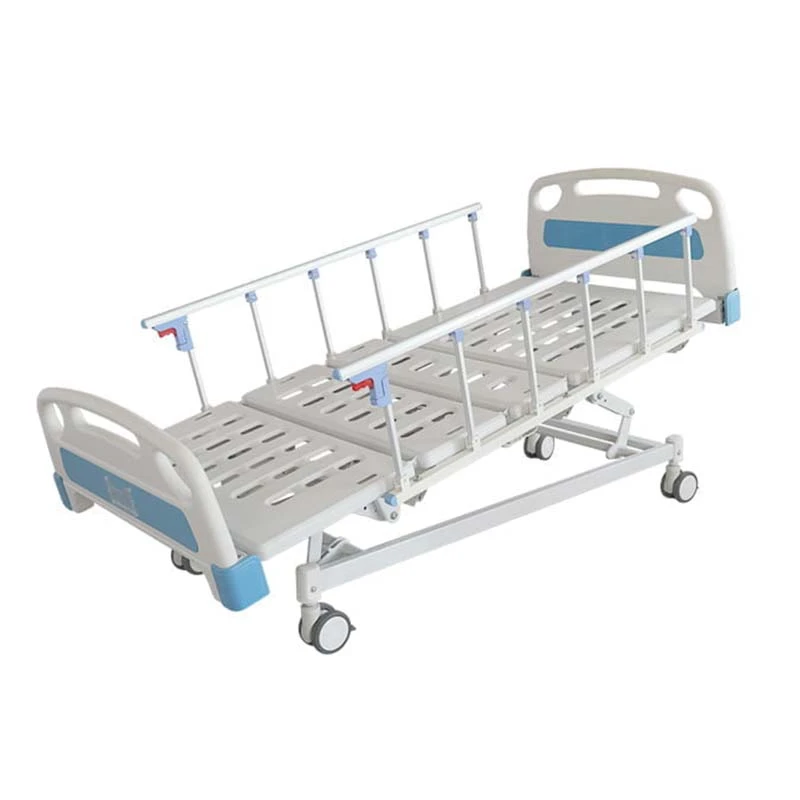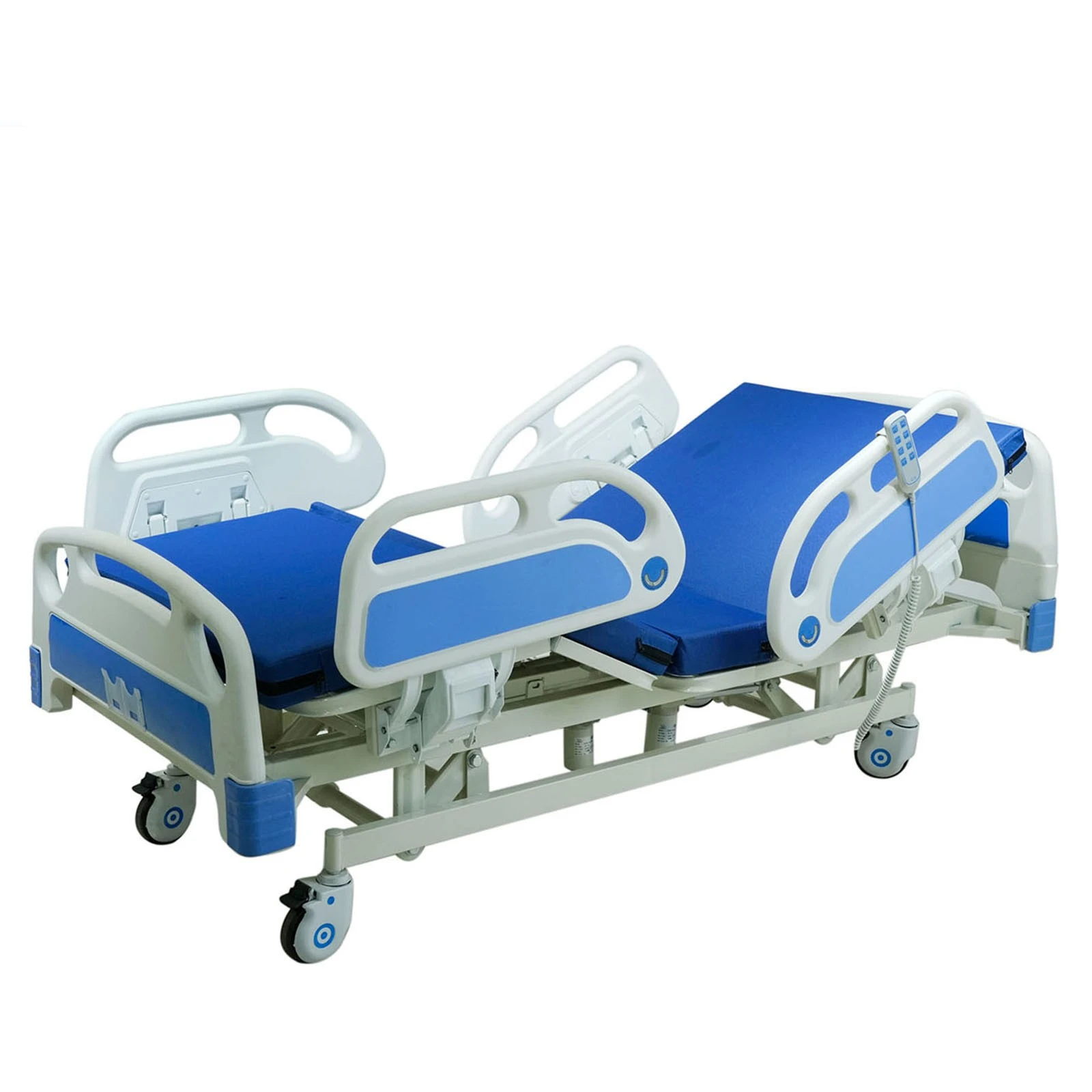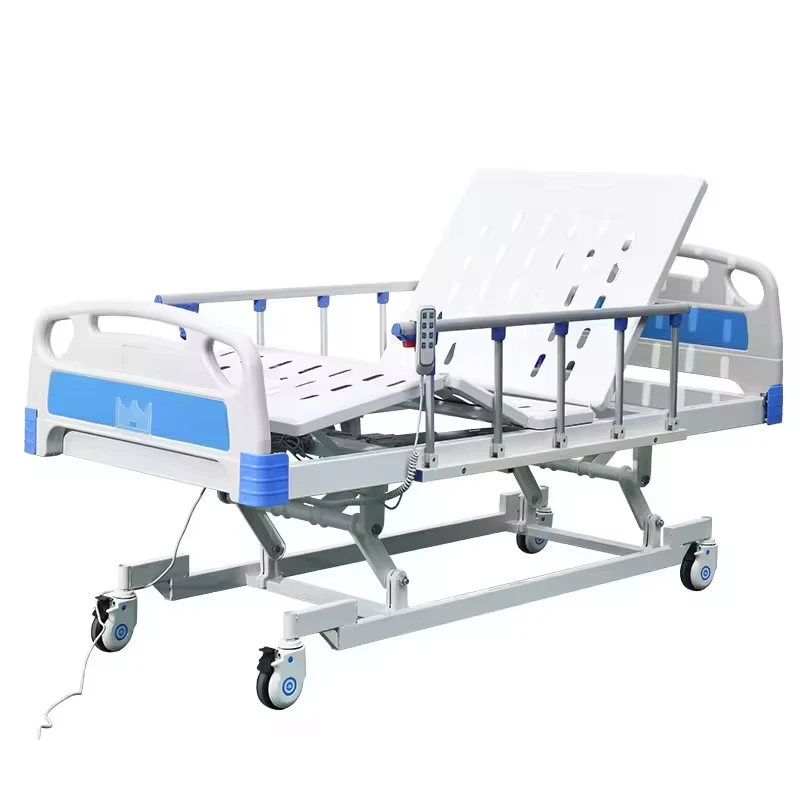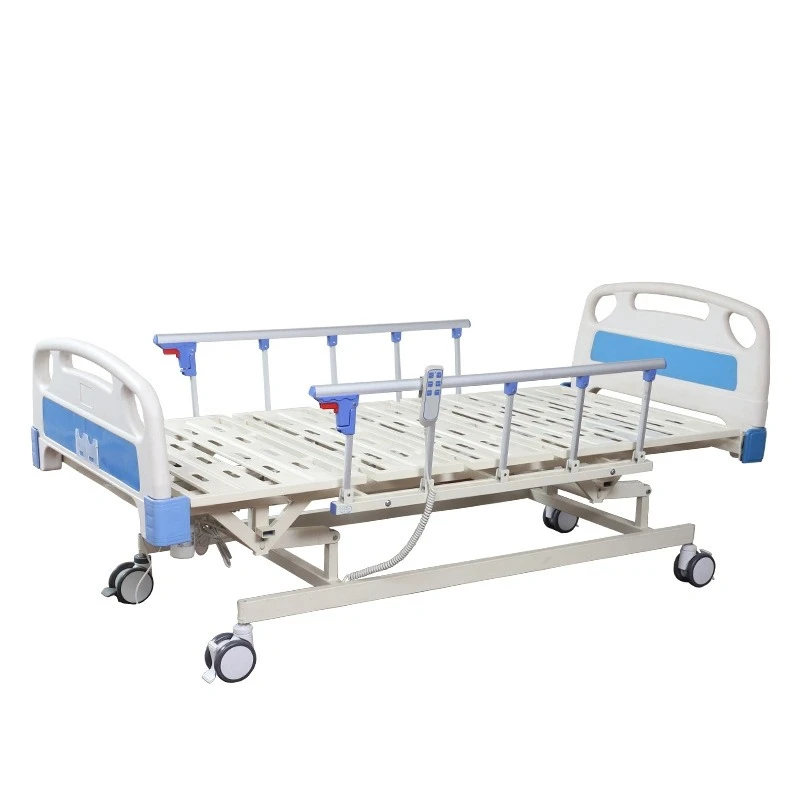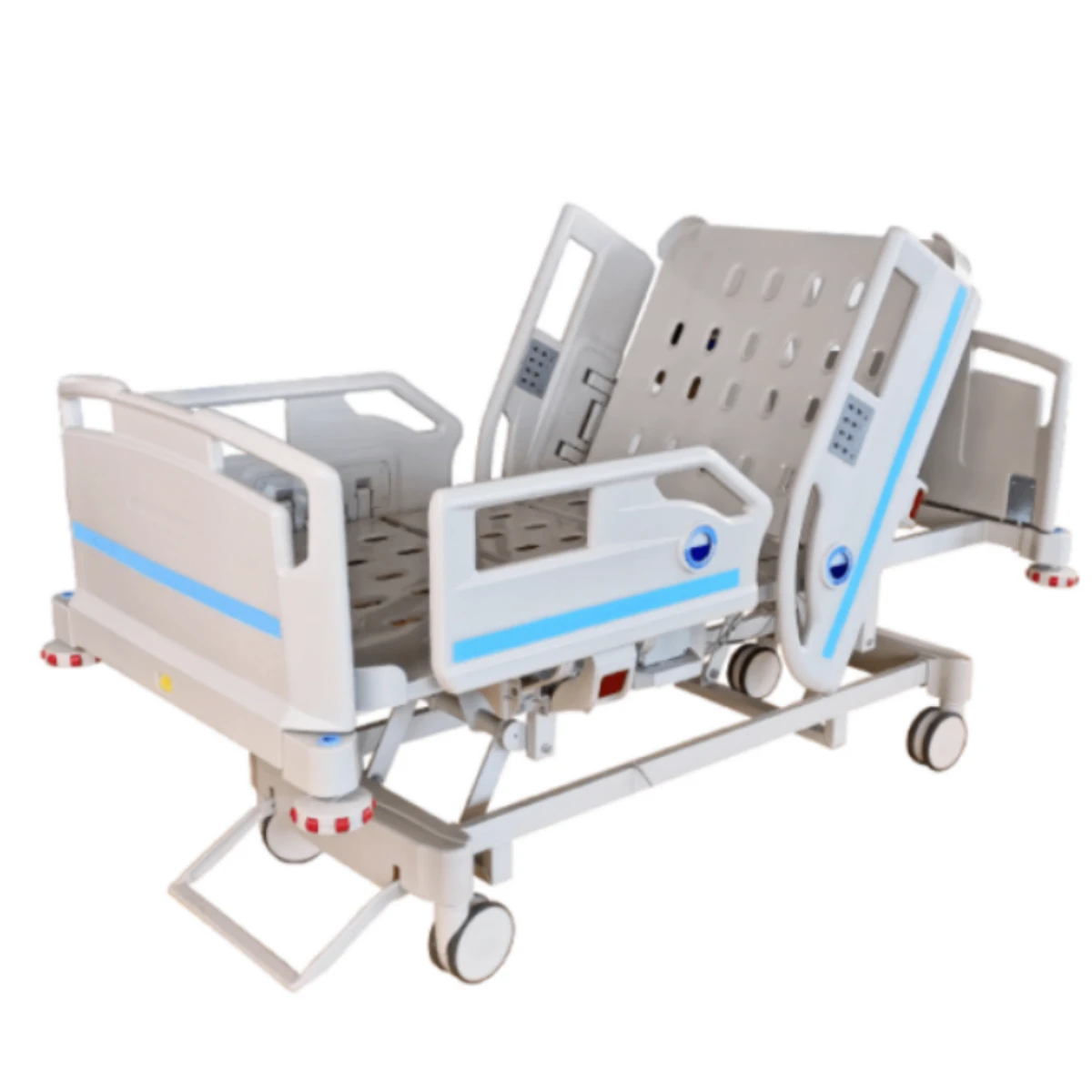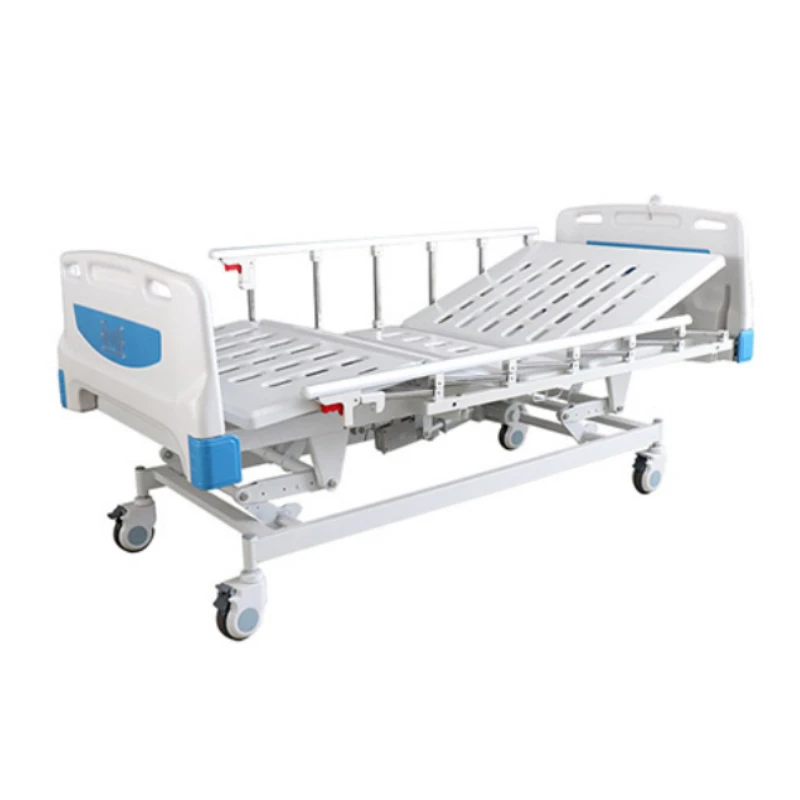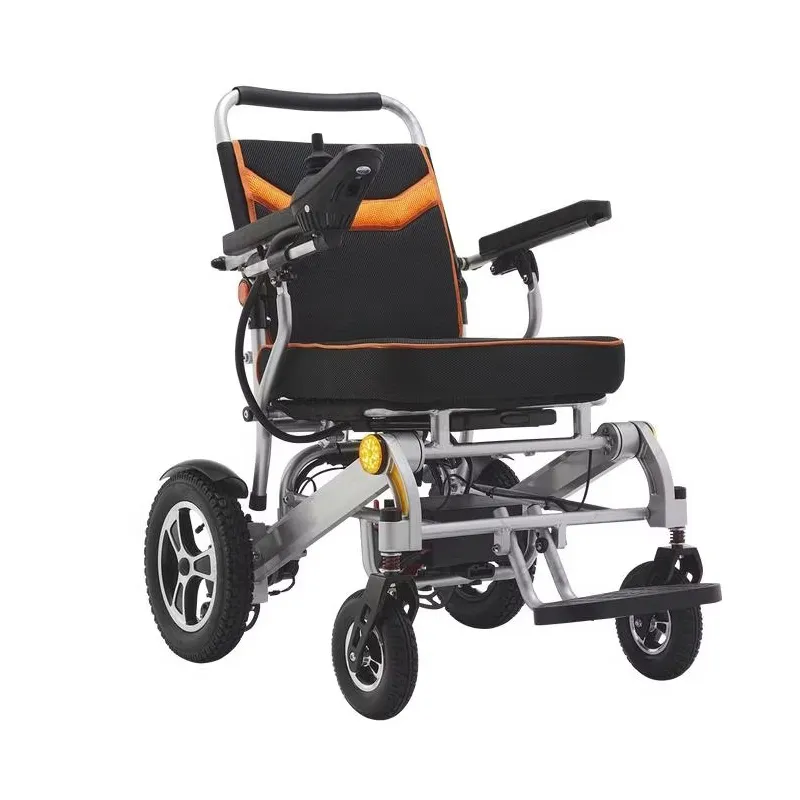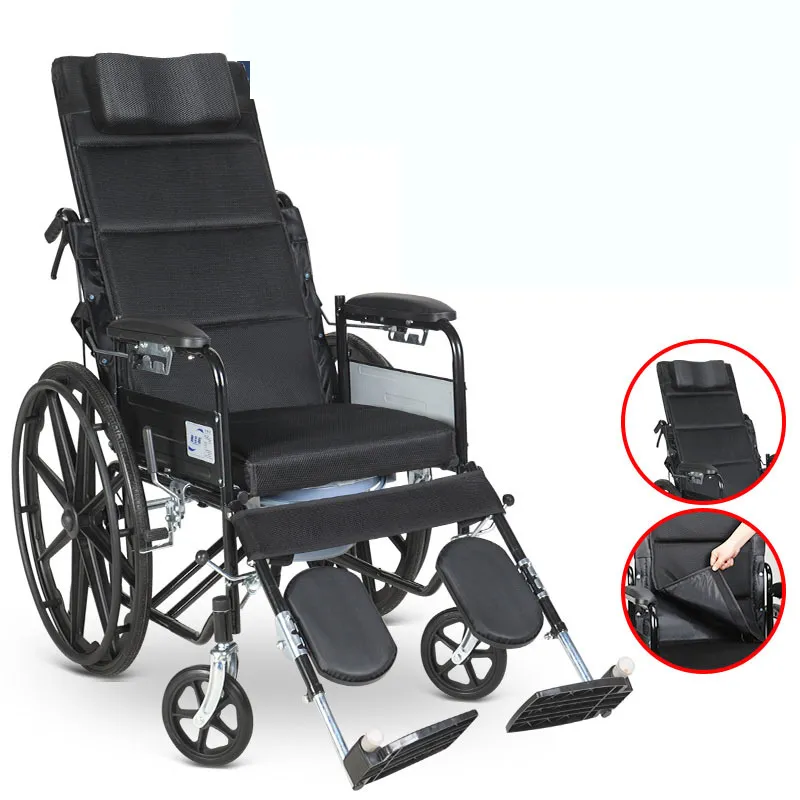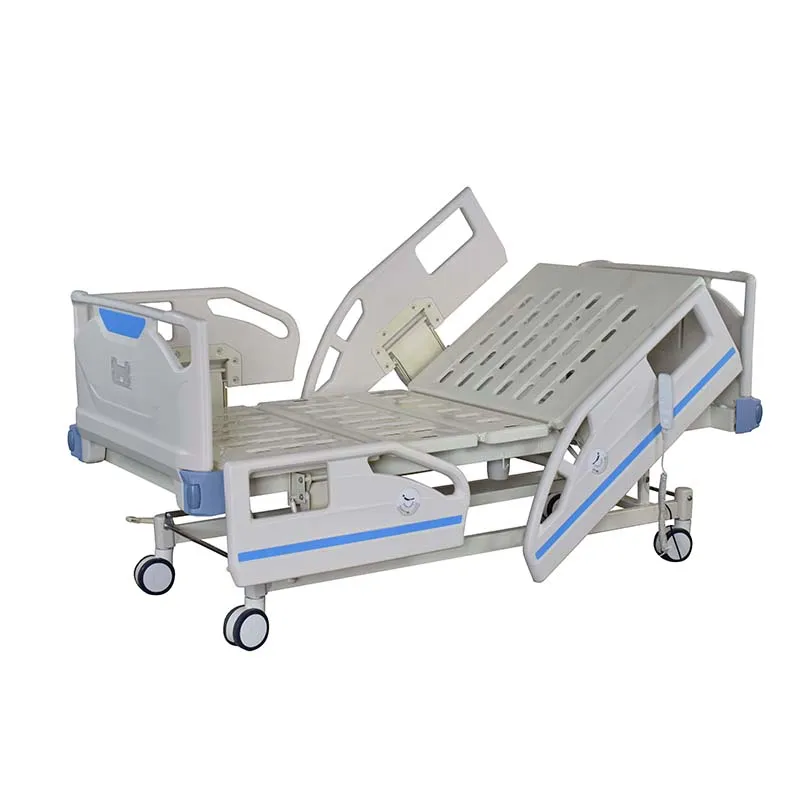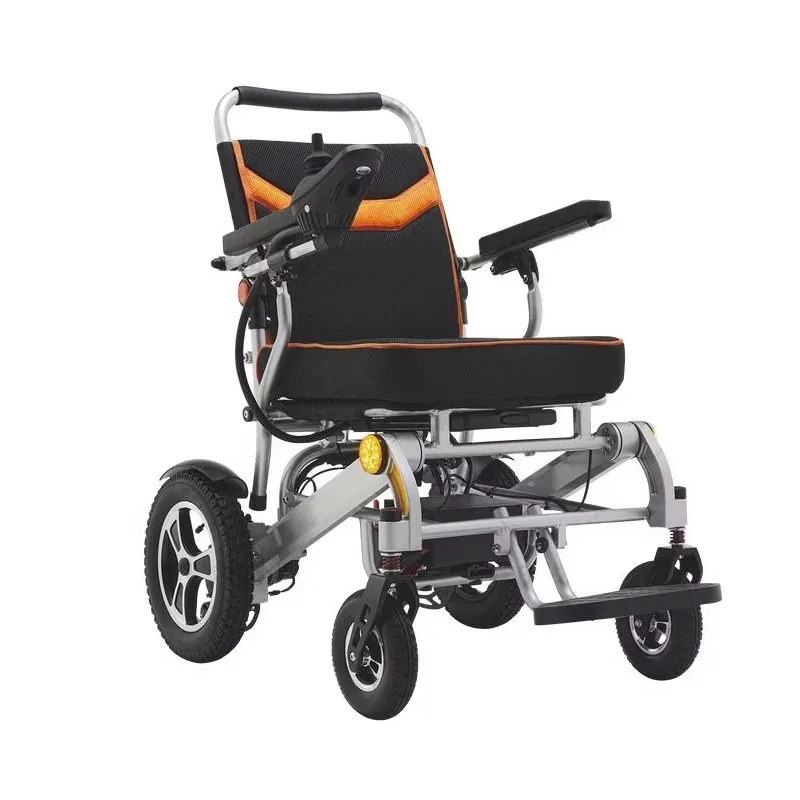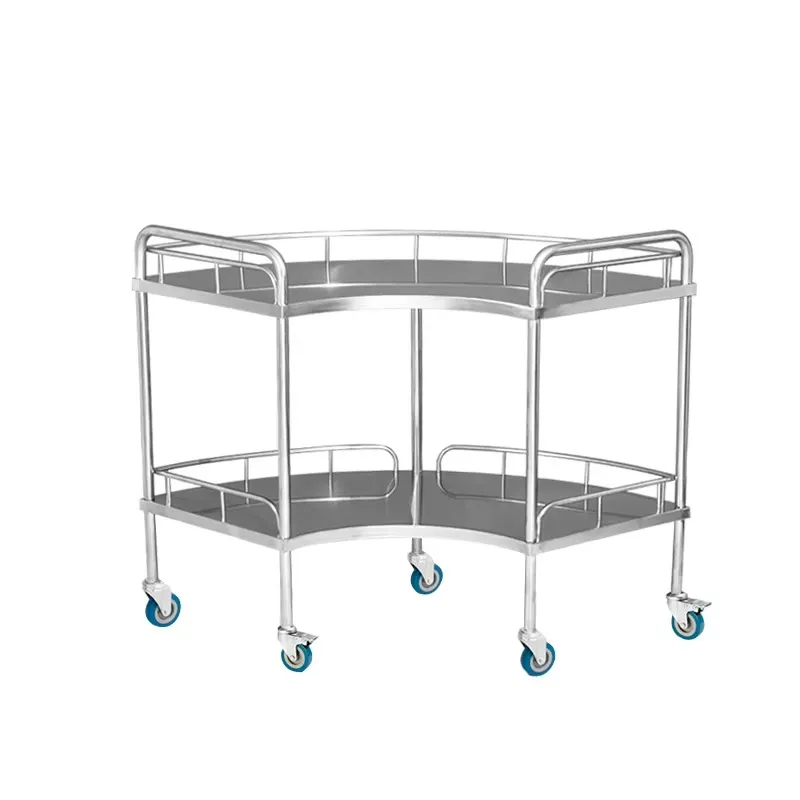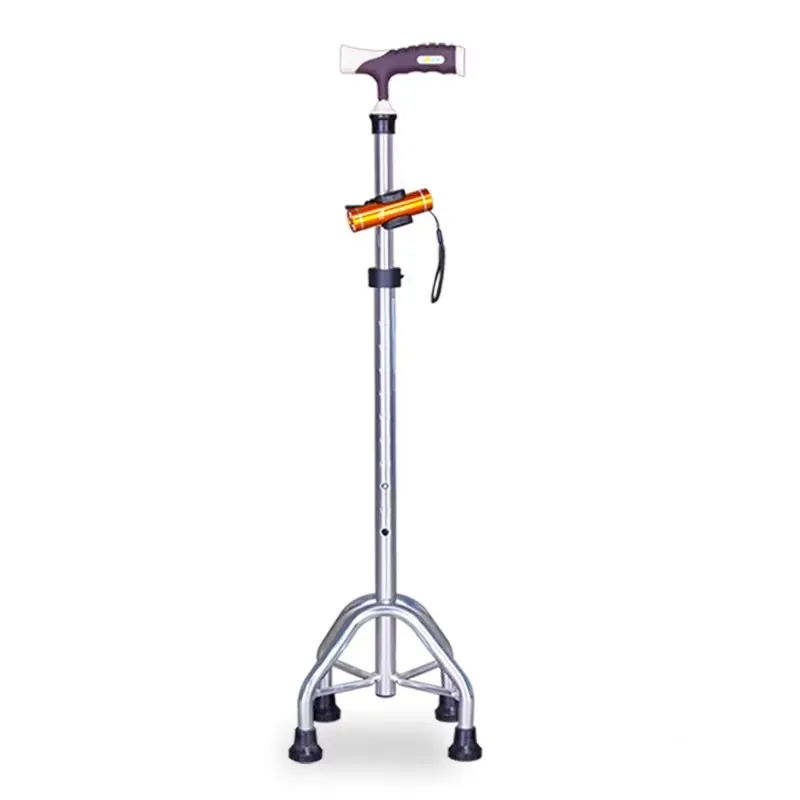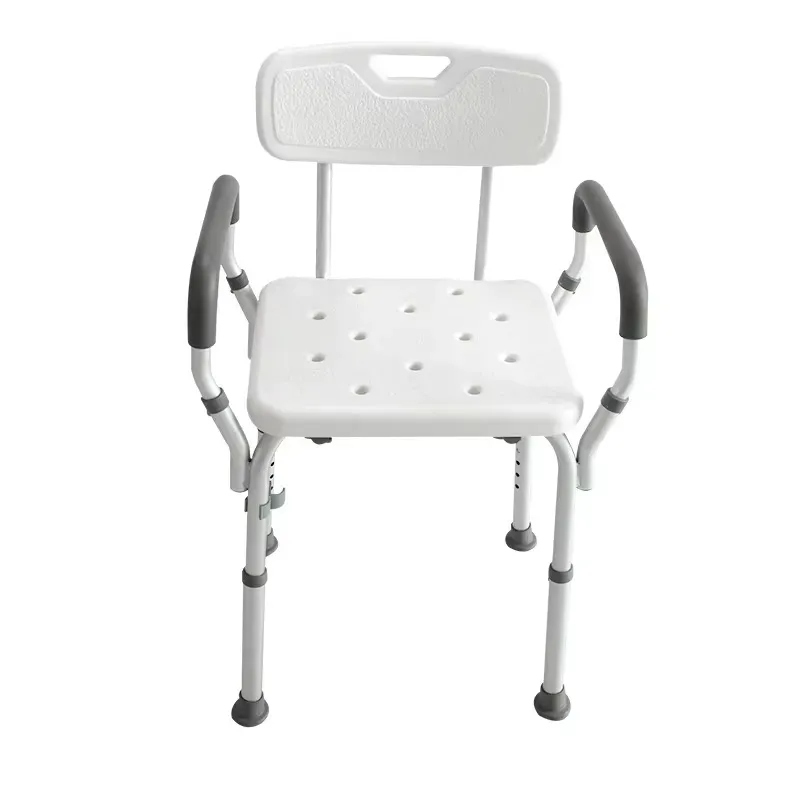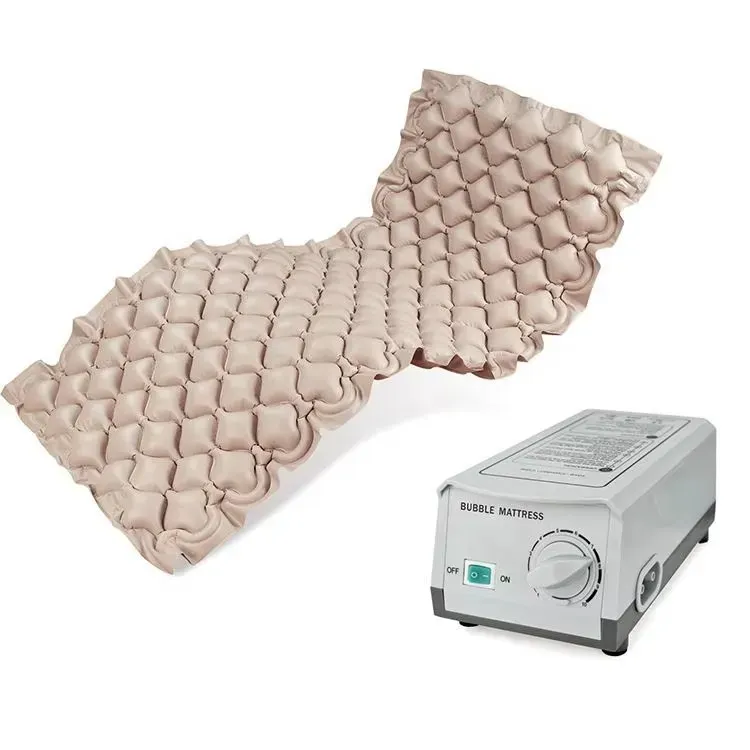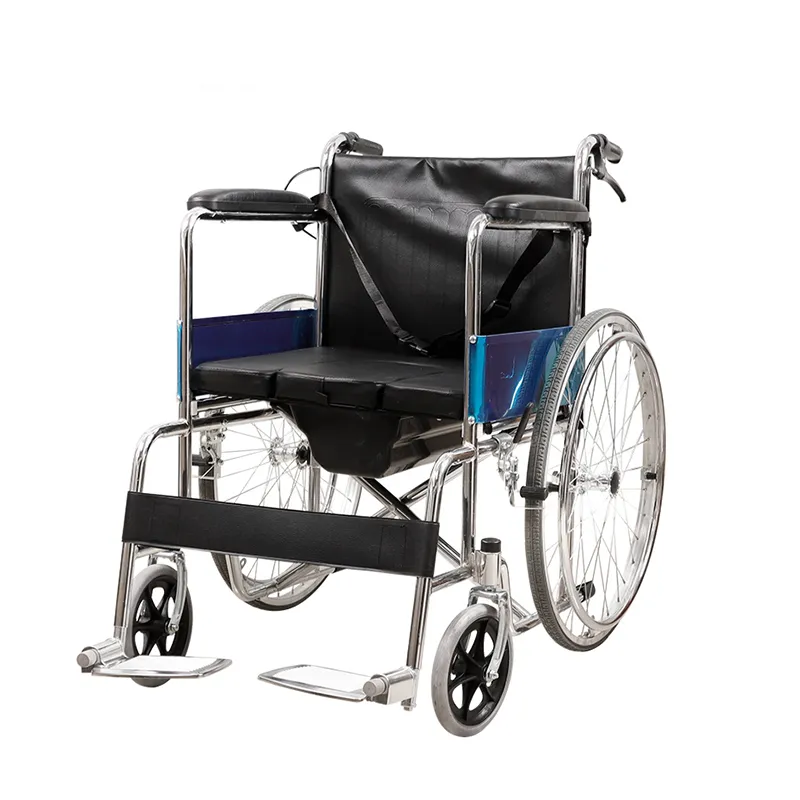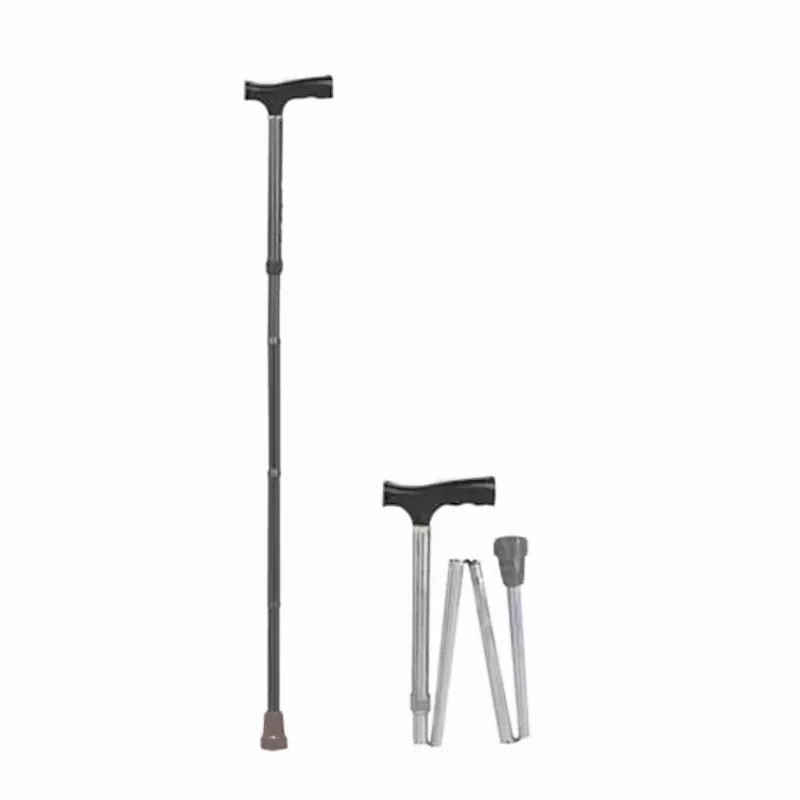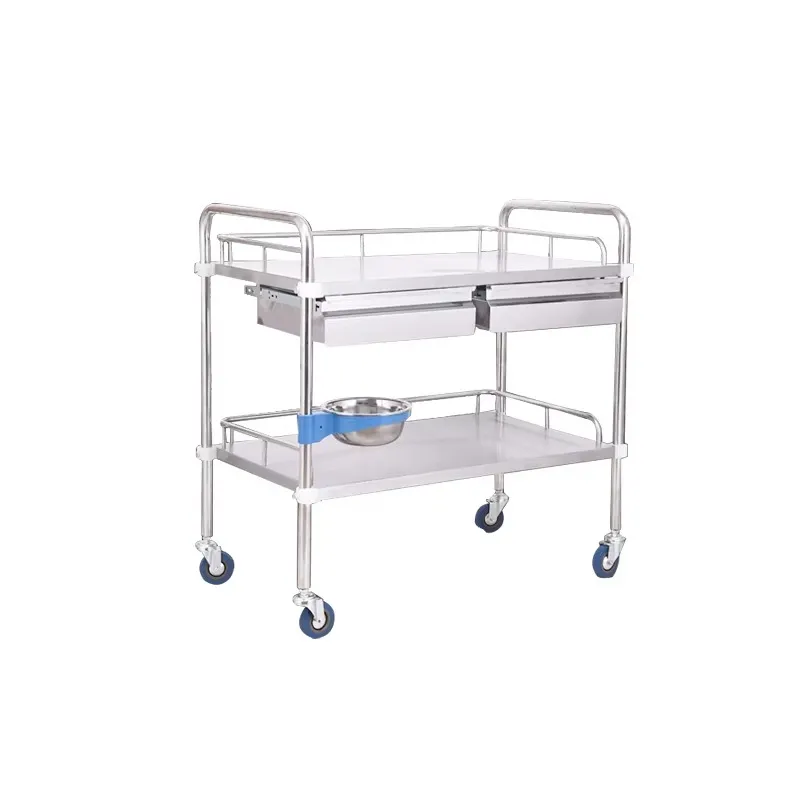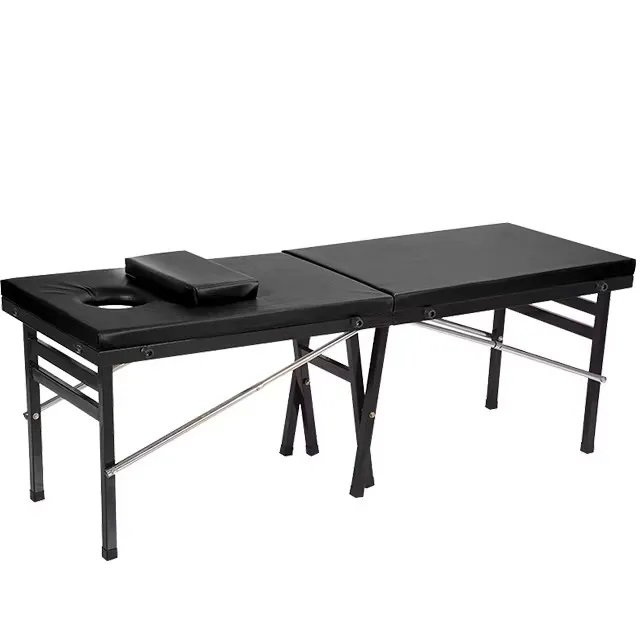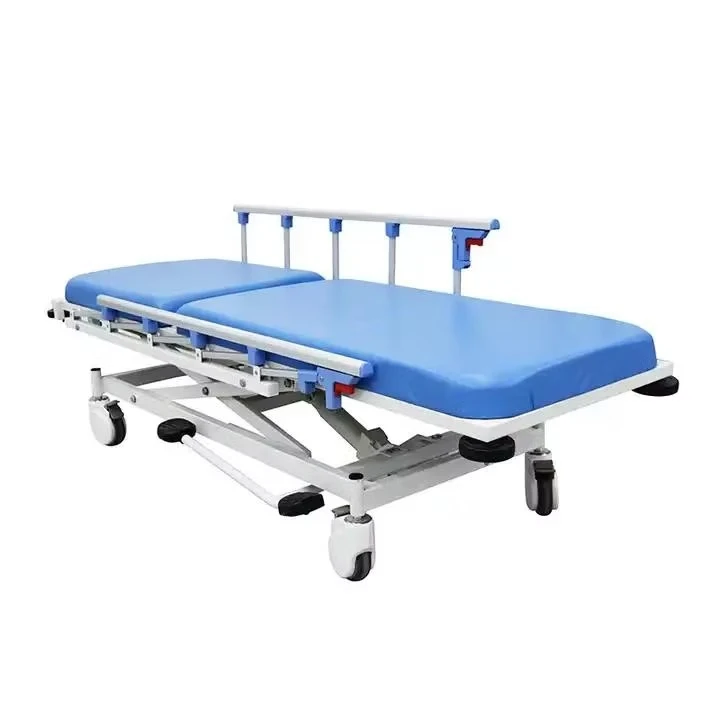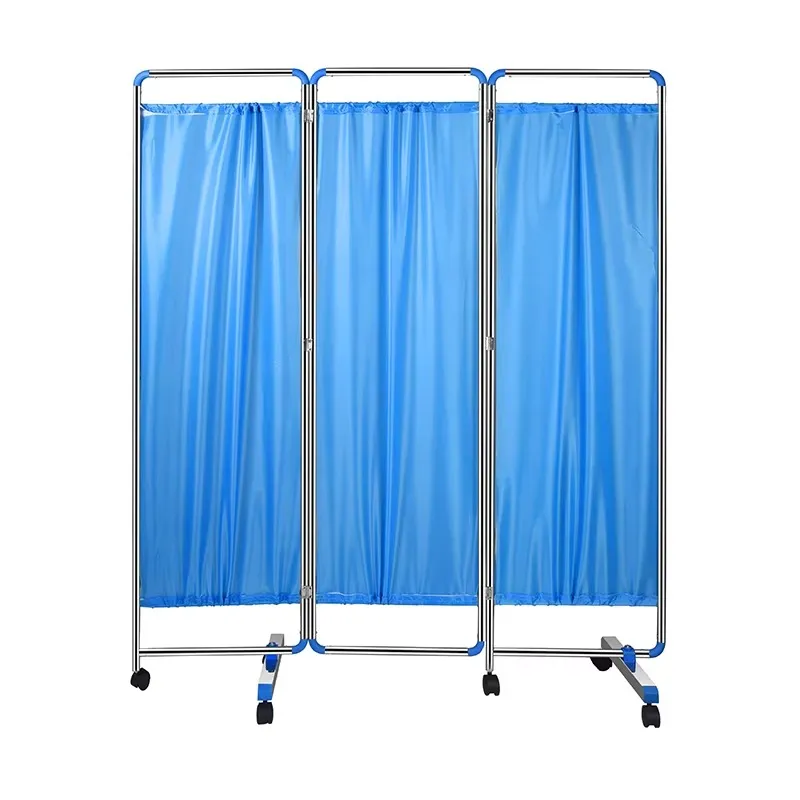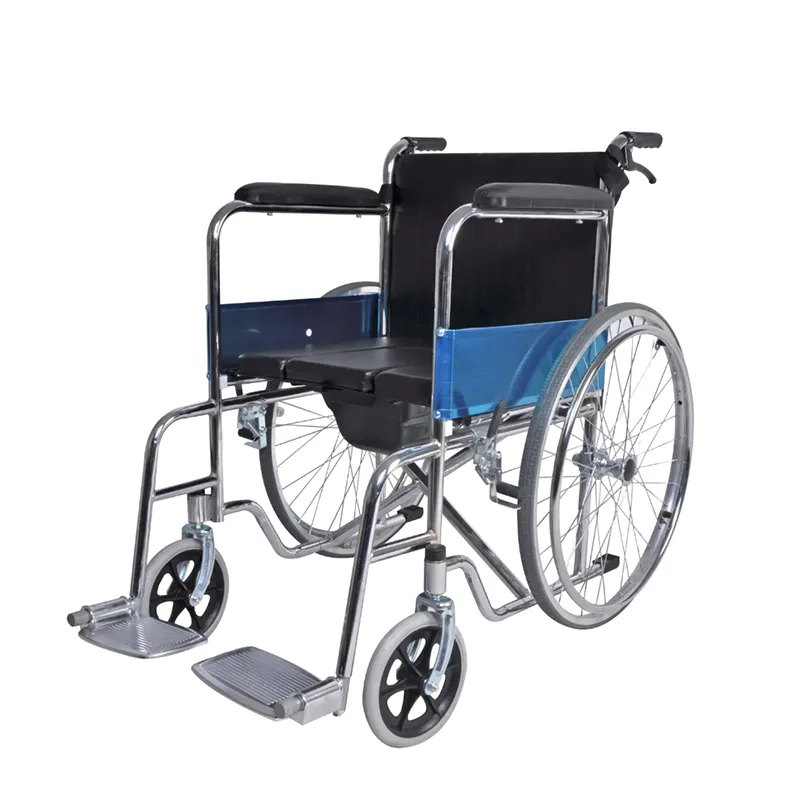The Most Common Types Of Hospital Medical Beds
A hospital medical bed is a specialized piece of equipment used in both health care and clinical settings. In a hospital setting, it is usually used to provide a comfortable and supportive surface for patients to rest on during long-term treatments or brief exams. In home care and clinical settings, the bed is used for supporting patients who have limited mobility and thus, require extra assistance and help with day-to-day activities.
Hospital medical beds come in a variety of shapes, styles and sizes. They range from simple and basic to technologically advanced options that provide a wide array of features and customizability. Typically, the features available on a medical bed will vary depending on the type and design of the bed. In all cases, however, the ultimate goal is to provide a safe and comfortable environment for patients while they are receiving the medical care they require.
The most common types of hospital medical beds include electric beds, adjustable beds, manual beds, manual cranks, full-length beds, and low beds.
Electric beds are the most widely used type of hospital medical bed. Generally, they are powered by a motor and connected to a power source. They can be operated manually (by a nurse/caregiver), remotely, or with a touchpad. Typically, these beds come with accessories such as head and knee rest options, postural support, and a variety of pressure maps.
Adjustable beds have adjustable parts, such as the head and foot, allowing for personal comfort levels. Manual beds are the most basic types of hospital medical beds and operate using hydraulic cranks and cylinders that can be manipulated to fit a patient's needs.
Manual cranks are usually used in low beds, which are typically lower to the floor. Low beds are utilized for patients at risk of falling or those who have limited mobility.



